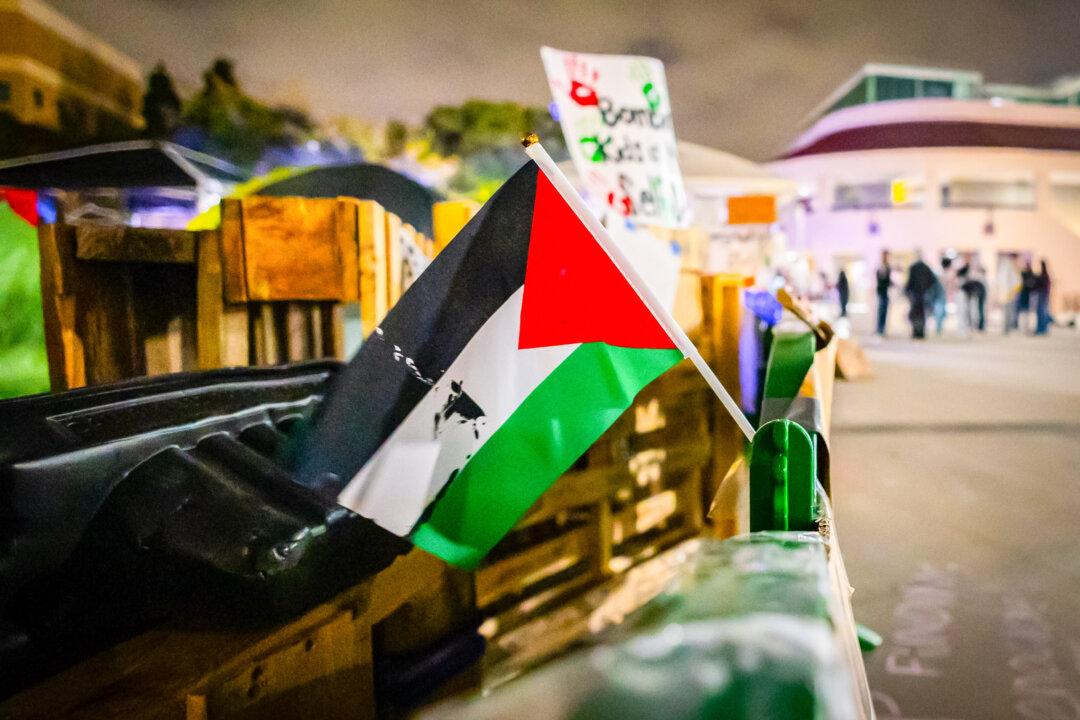A coalition of groups planning to protest the war in Gaza during the Democratic National Convention (DNC) in Chicago next week will not be able to change their route and move closer to the United Center, where the event is being held, a federal judge ruled on Aug. 12.
Thousands of protesters are set to join the four-day demonstrations beginning on Aug. 19.





